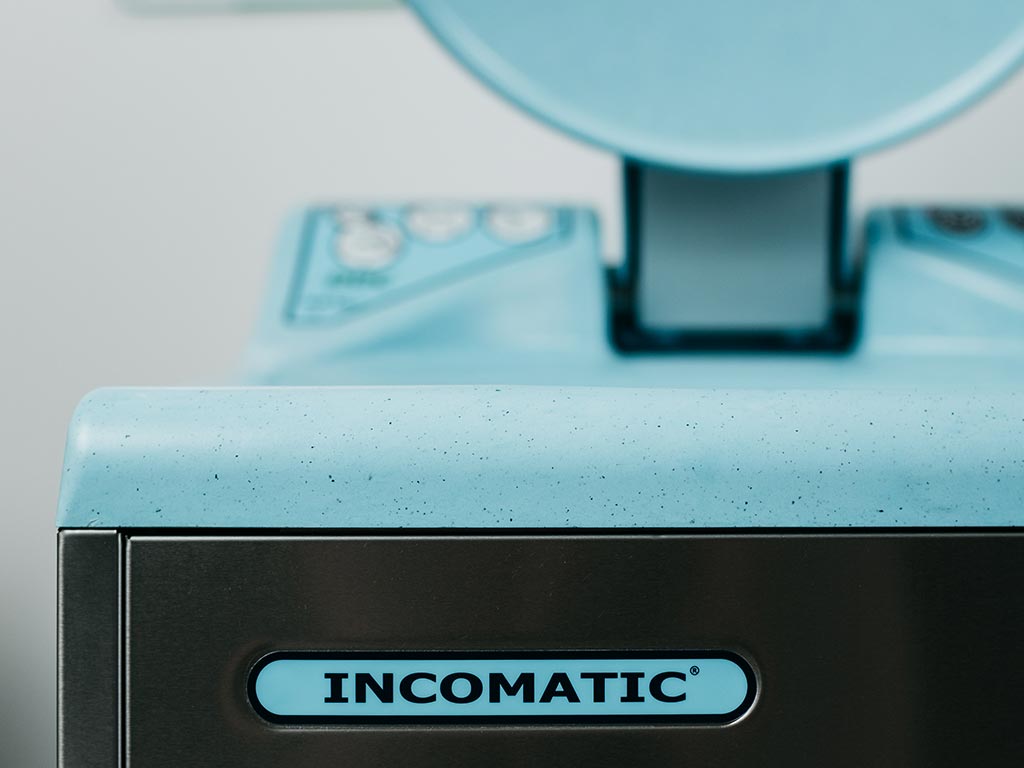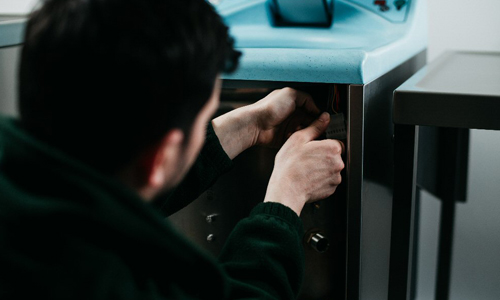Why Do I Need An Incontinence Pad Macerator And A Pulp Macerator?
If your hospital or care home has already moved away from bedpan washers, you may think that a pulp macerator will be a silver bullet, covering all your human waste disposal and infection control concerns with a single solution.
In reality, this is a half-truth.
Although a pulp macerator will absolutely improve sanitation (and is head and shoulders above a bedpan hand-washing regime), it can’t provide a complete solution if your patients or residents have a higher level of dependency, and can’t use a bedpan, commode or urine bottle as intended.
As a result of our aging population, many residents in care homes, especially, have issues with continence.
Most care homes rely on incontinence products, such as disposable pads, to ensure patient comfort, hygiene and dignity. Regular changing of such items is essential to prevent service users from suffering the ill-effects of damaged skin and general discomfort.
As such, clinicians will most likely be accustomed to the ‘yellow bag’ system, whereby clinical or offensive waste is bagged up and then collected by a specialist disposal company.
With the average patient using between four and six pads a day, there’s an awful lot of bagging and transporting to do; it all adds up to a significant chunk of a carer’s working day.
The bagging of incontinence pads has many downfalls.
Not only are the filled bags unsightly, difficult to store and possibly foul-smelling, but they are inherently an infection control risk, even when removed by specialists.
Bacteria can easily be transferred outside the bag through poor handling, leaving pathogens to spread through the atmosphere. Every time a bin is opened to have another item thrown inside, the air is disturbed, producing a cloud of microbes which can then attach to skin or be inhaled. This naturally puts anyone in the area at risk of infection, but the caregiver themselves is most susceptible.
There’s also a chance that a bag will rip, spill its hazardous content and contaminate the area. Given that a bag will move several times around a facility (such as from the holding area to the waste disposal unit), there’s plenty of opportunity for this to occur.
Similarly, even in the best-case scenario of the bag remaining intact, opening a bin filled with incontinence products is undeniably unpleasant for the clinician, as well as being a challenge to prevent bad odours.
Thankfully, there’s a better way.
Using an incontinence pad macerator is a safe and hygienic way to dispose of incontinence products.
An incontinence pad macerator rapidly disposes of such products by shredding them into fine particles, and discharging them into the normal sewerage system. This process takes around two minutes to complete. Clinicians only have to load the pad into the machine, start it and leave. As a result, clinicians can spend less time on auxiliary tasks, and more with their patients or residents. If you have a DDC Dolphin machine, the whole process is totally hands-free, further reducing the risk of cross infection.
In addition, there’s no build-up of hazardous materials, creating a far more pleasant space for work, recovery and living.
So, why shouldn’t you use your pulp macerator to dispose of incontinence pads, too?
DDC Dolphin pulp and incontinence macerators are similar in purpose, but function differently to suit the type of product they’re disposing of.
An incontinence macerator uses advanced cutting technology to shred the nappy with a series of small sharp blades, whereas a macerator has blunt blades which tear into the medical pulp, breaking into fine pieces and allowing the water to penetrate. So, although the final result is similar, the process is very different. A pulp macerator will not dispose of a pad or nappy, and it will cause significant problems if you put an incontinence pad into a macerator designed for medical pulp.
Ultimately, it’s vital to have the right machinery to suit the needs of your institution. If you’re heavily reliant on both disposable bedpans and incontinence pads, both a pulp macerator and incontinence macerator are essential to keep service users comfortable and safe from infection.
If you’d like to find out more about DDC Dolphin’s range of pulp and incontinence macerators, please contact us today.






